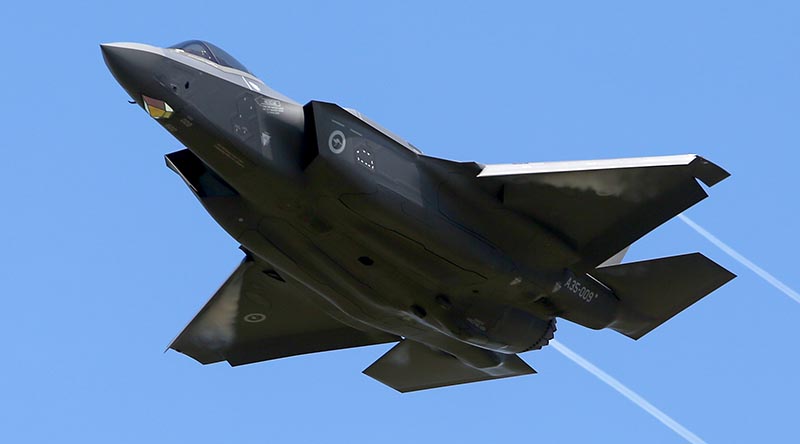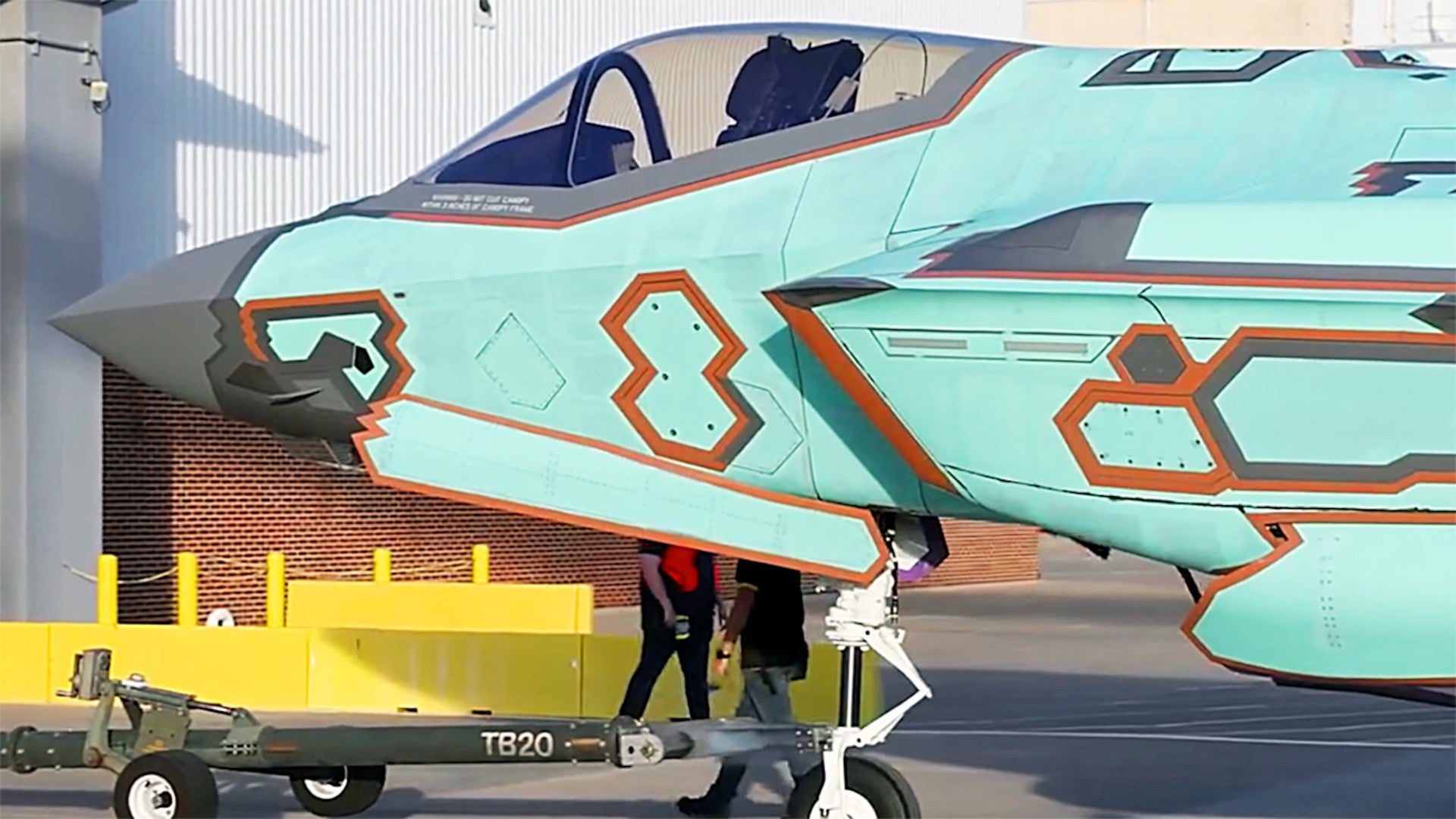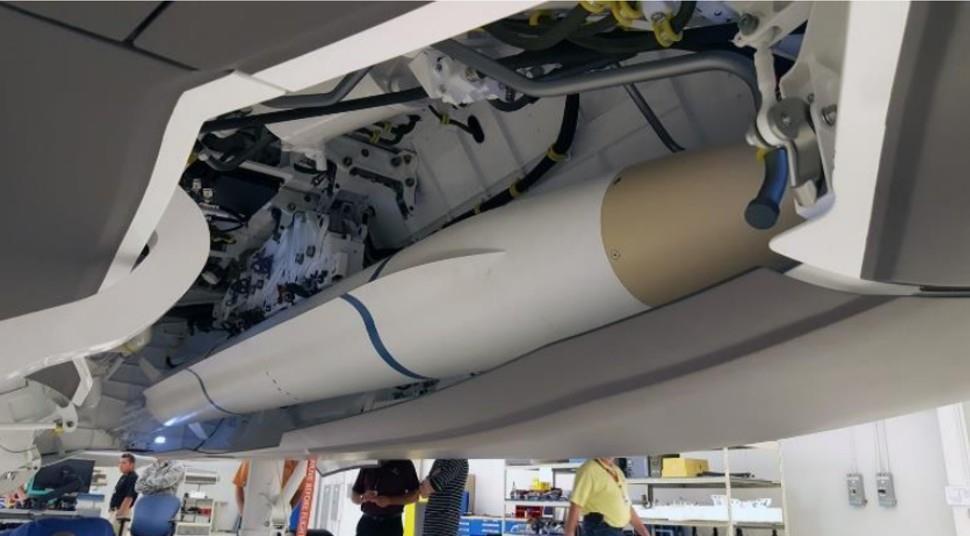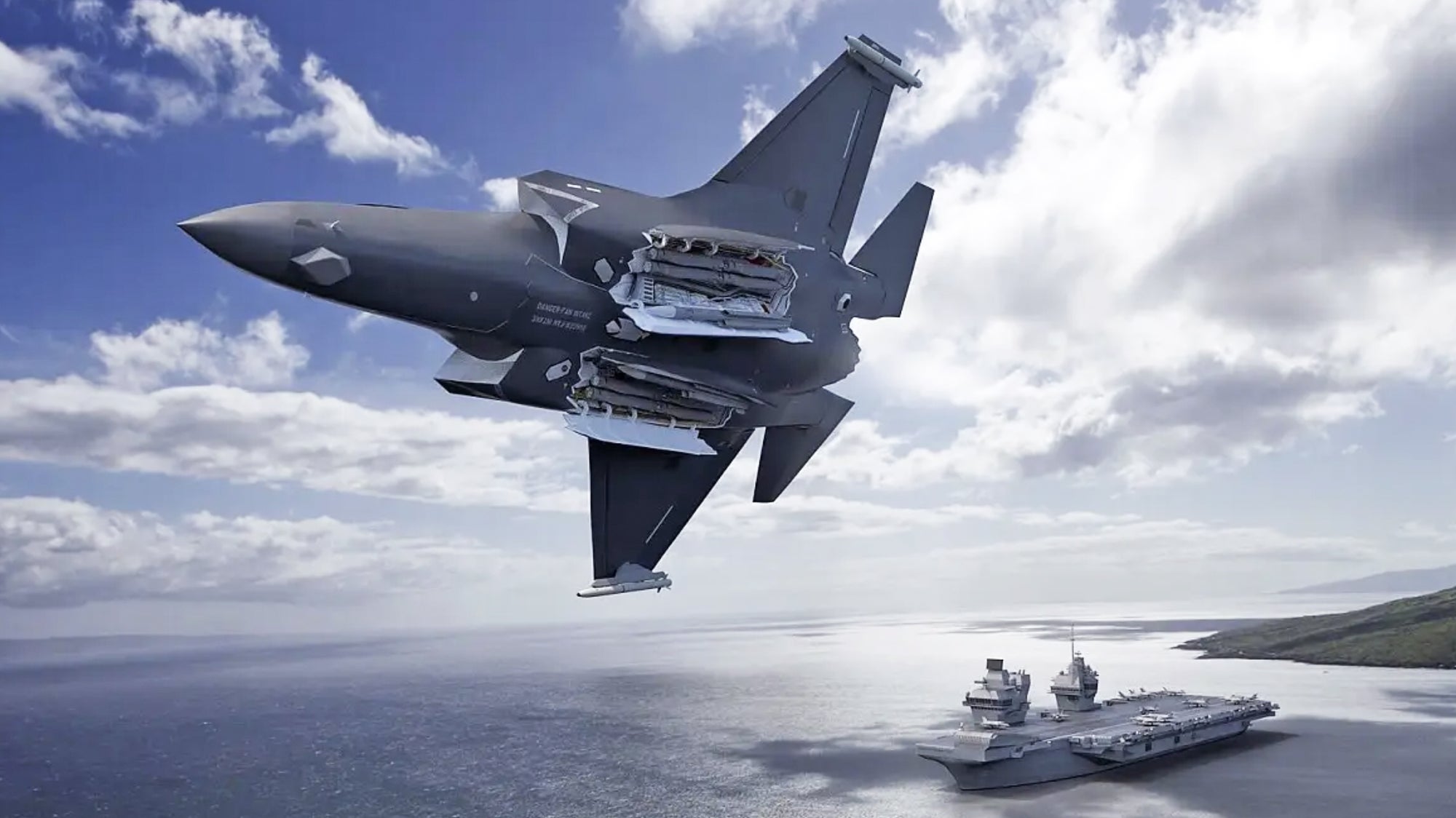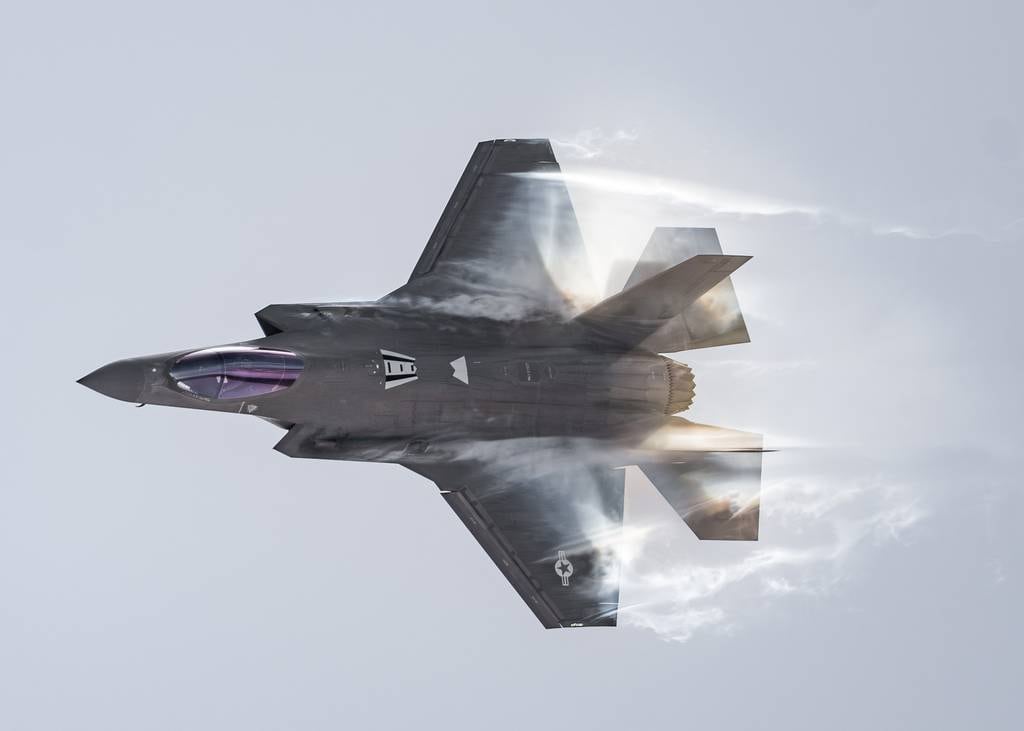It doesn't need to be broadband, those systems do not offer good enough resolution. The X, C and S Bands are the greatest threats, as that will what GBAD and enemy fast air will be emitting.
it was the case when batteries were(are) more or less independent, rare , and generally lacking lower band supplements. This isn't the case in Ukraine, on either side of the fence.
I in "IADS" means it. Not only GBAD/naval FC ESA radars improved no less than fighter ones over the decades (actually they're typically ahead, size solves problems), but supplementary systems are now ubiquitous. Like, basically
every s-400 battery has one, producing an incredibly overabundant, multi-static S/A picture; their pictures are also merged(not that hard for ground systems operating in the rear). Then add dedicated S/A radars, VKS AWACS&Elint on top (and OTAN ;p ones over Eastern Europe), and here we are. There is an absolutely dirty levels overabundance of high altitude S/A cover, relying on safe processing and merging with AD supercomputer nodes far in the rear.
Then it becomes either a question of directing FC radar(GBAD, fighters) in a narrow beam search ... or outright "passive" launch into a predicted volume, which is known to be done quite often.
4th gen types cannot fight evenly, they will be forced to fly at low level to avoid triple-didget SAMS and R-37s equivalents. F-35 can fly at medium or high altitudes, making better use of its sensors and imparting the munitions it launches with more energy.
Within the engagement radius, and unless the radar network can be significantly degraded, F-35 won't be able to.
So it's low-flying (or keeping back) for either.
AWACS are not survivable against modern triple-didget SAMS or large stand-off A2A missiles like R-37. Much better to distribute your ISTAR capabilities amongst multiple LO fighter bombers.
Keep AWACS back far enough and that's it. They're just as defendable by SAM bubbles, fighters, and spacing (running away is no dishonor when you aren't armed).
Yes, it'll require a proper
modern C/L-band fully digital AESA to work; the flying heritage association can't do it (it doesn't work anyway against modern targets, even when they're closer - proven by both sides).
Intermittent, field-limited X-band scans won't do the trick for proper s/a. I don't believe even Felon counts as any serious replacement.
It's not overinvestment in a single weapon system, it's investment in a system of systems that happen to be on a single platform
On a personal level, I doubt that a system of systems, not flying due to maintenance, will solve underinvestment in artillery stocks...
F-35 isn't a one-plane airforce. While it's a well-rounded rounded platform - all modern fighters from the 2000s onwards are, - it is limited by what can be fit into its airframe.
On top of that, it's very expensive to operate and requires a lot of disruptable maintenance.
An F-35 operator
needs to be able to solve those problems to get the best of it. In practice, it means the operator
must be able to rely on the US and have a secure rear.
A small country not part of any major alliance is in an even worse position. Non-stealth aircraft using stand-off weapons requires massive stocks of stand-off weapons, beyond the means of any country that is not a great power or superpower.
Frankly speaking, and judging from Ukrainian experience, for immediate deterrence, maybe a hundred(reliable launches) is good enough.
If an opponent is large enough to swallow the pill - deterrence already failed. F-35s, trying to act as cruise missile replacements in such a fight, will simply be shot down; they aren't invulnerable - and they aren't as survivable as LO LACMs.
Thus if either is to be kept back - paying less and getting more sorties out of it is quite viable.

